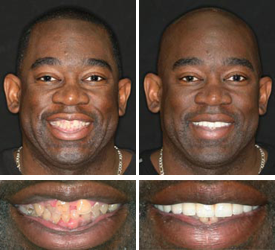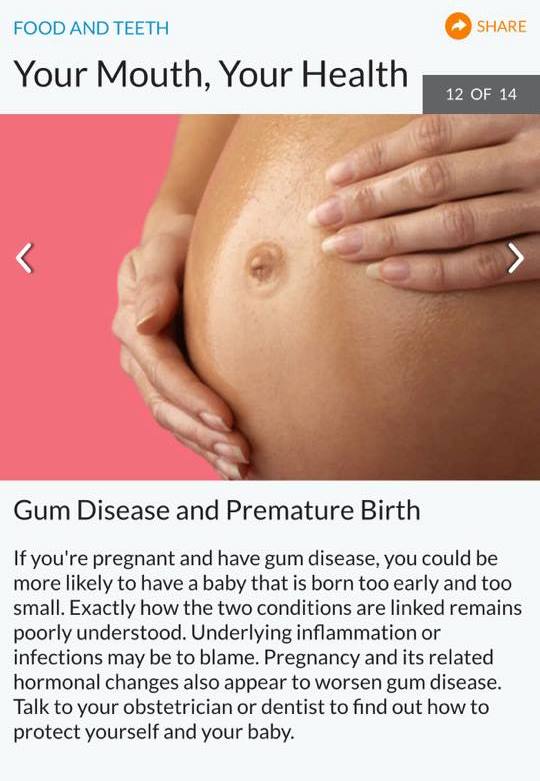
Anatomy of a smile makeover
Category : editorial
 Transforming less-than-perfect dentition into a stunning, superstar smile is a source of immense gratification for the cosmetic dentist. Cosmetic and restorative dentistry restores and improves the health and integrity of the patient’s dentition and, just as importantly, can improve the patient’s self-image. Today, to be truly cosmetic, dentists must be clinicians, artists, and communicators. To achieve success in all of these areas, the dentist must pay close attention to every detail, from initial patient consultation through treatment planning, treatment, and follow-up care.
Transforming less-than-perfect dentition into a stunning, superstar smile is a source of immense gratification for the cosmetic dentist. Cosmetic and restorative dentistry restores and improves the health and integrity of the patient’s dentition and, just as importantly, can improve the patient’s self-image. Today, to be truly cosmetic, dentists must be clinicians, artists, and communicators. To achieve success in all of these areas, the dentist must pay close attention to every detail, from initial patient consultation through treatment planning, treatment, and follow-up care.
In the past, failures of cosmetic cases were frequently due to inadequately meeting the patient’s expectations. By utilizing new technology such as smile selection guides, cosmetic imaging, and temporization techniques — thus creating a “trial smile” — you can reduce this problem and greatly increase patient satisfaction.
In both the esthetic and restorative aspects of dentistry, the dentist is responsible for the patient’s functional and appearance-related needs. However, successful treatment planning first involves listening to the patient’s desires and concerns as you evaluate his or her needs, be it color, shape, or tooth position. To move toward building a successful case, you must identify the patient’s expectations during your diagnosis and treatment planning.
A pleasing, attractive smile can be attributed to the harmony of color, contour, size, occlusal plane, incisal edges, and midline with the patient’s facial features. Often, this harmony can be achieved by treating just the four incisors, the key players in the smile zone. By enhancing their length, width, shape, and alignment, many times you can create a dazzling smile from imperfect teeth. The key to treatment success is creating the smile that the patient wants, not just what you would design. I have found computerized cosmetic imaging to be an essential tool to show patients how they would look with an improved smile — even before any treatment is begun. To maximize this tool, we allow patients to help design their smiles using Smile Shape and Length Selection Guides, and letting them visualize the final result. This generates much enthusiasm and excitement, which increases case acceptance, and facilitates the communication necessary to build a successful case right from the start.
By Lorin Berland, DDS

